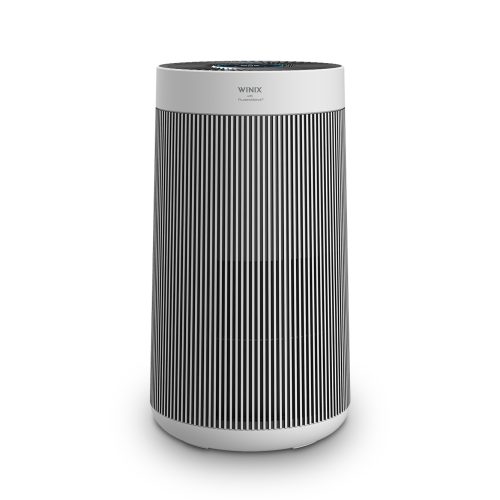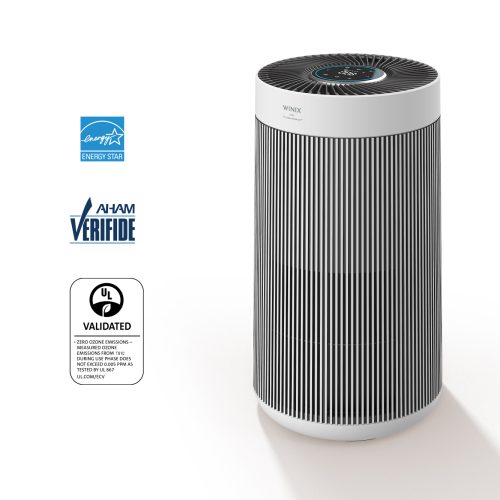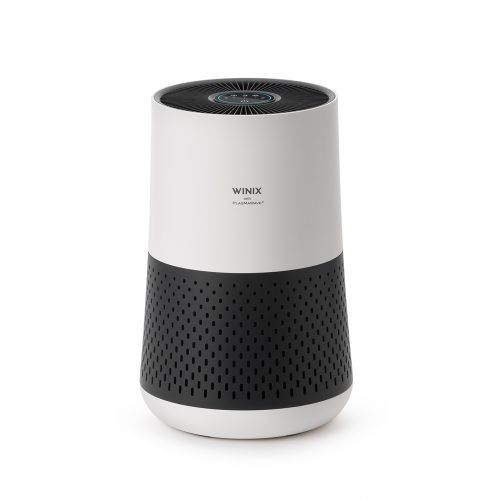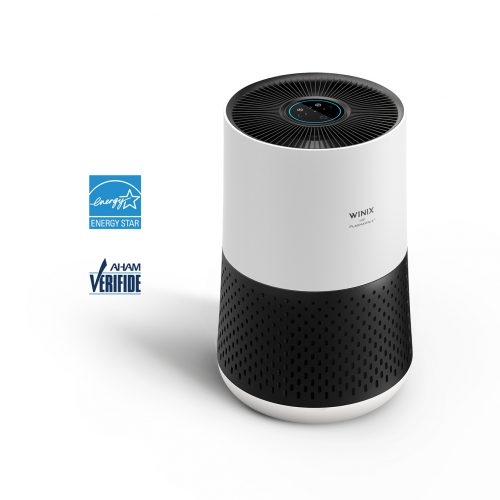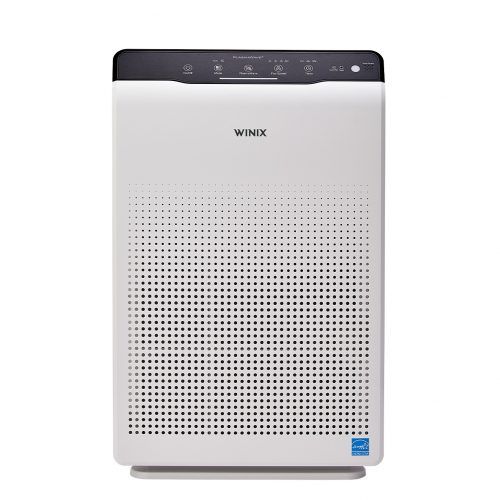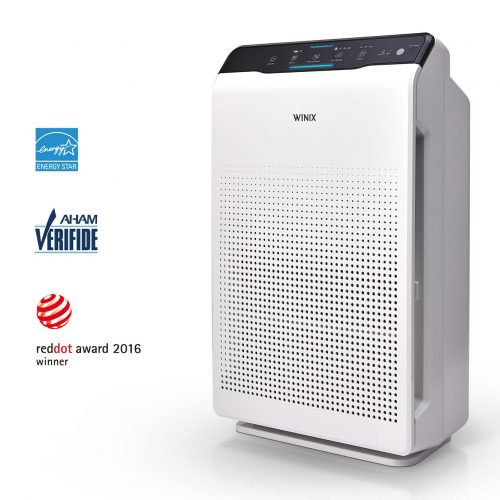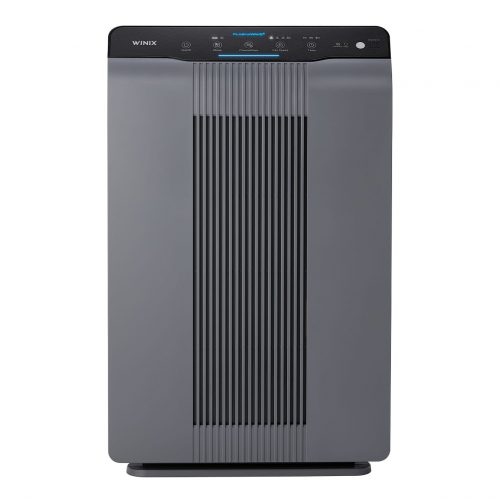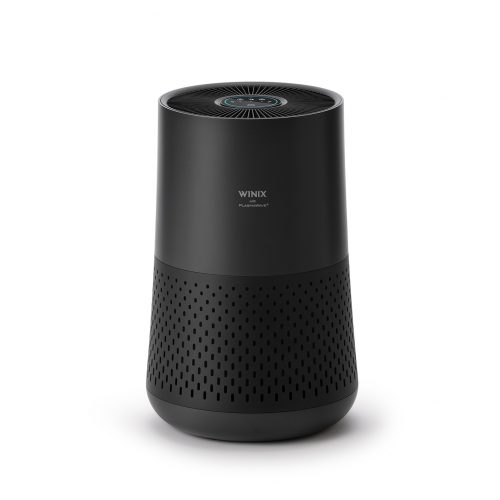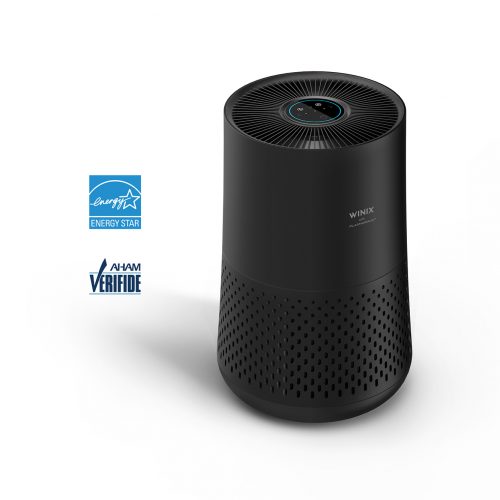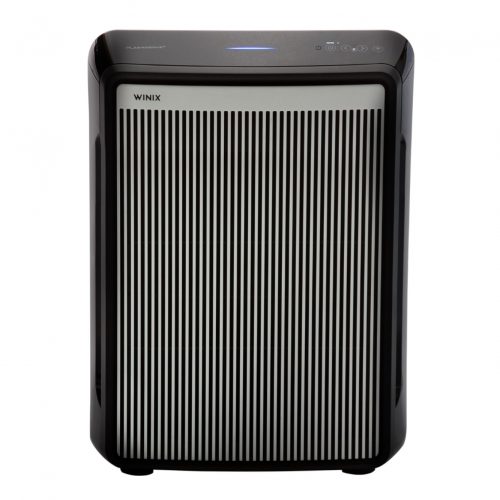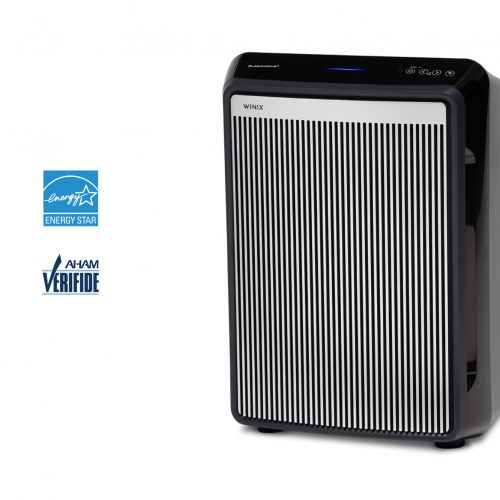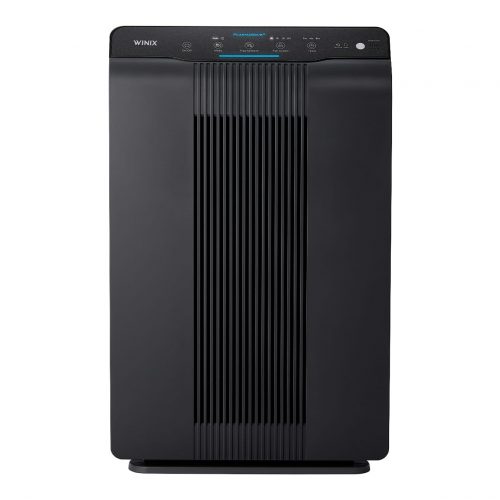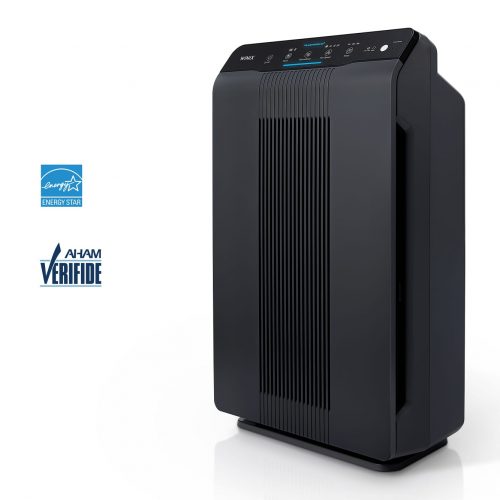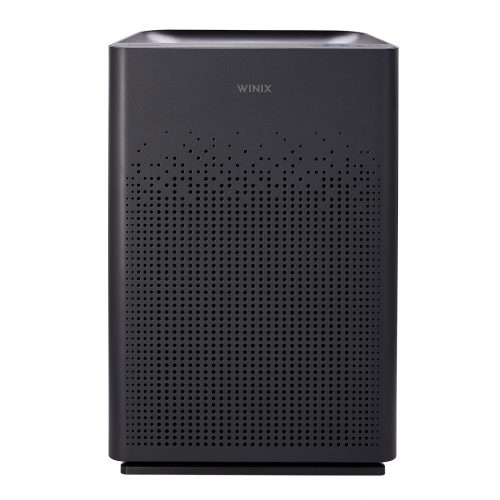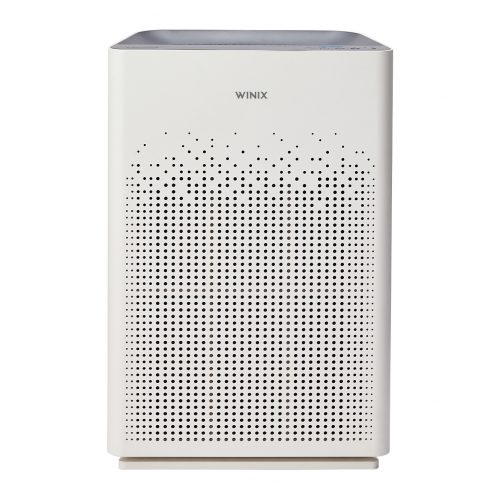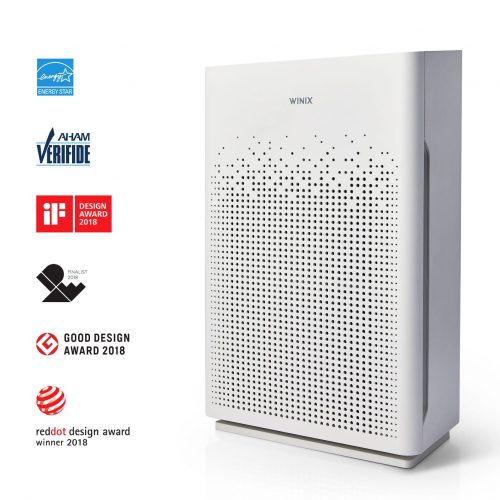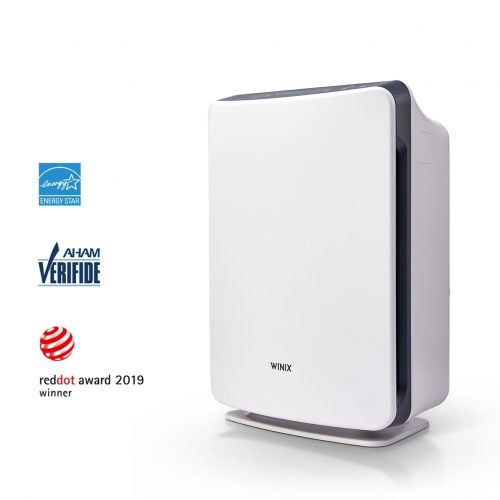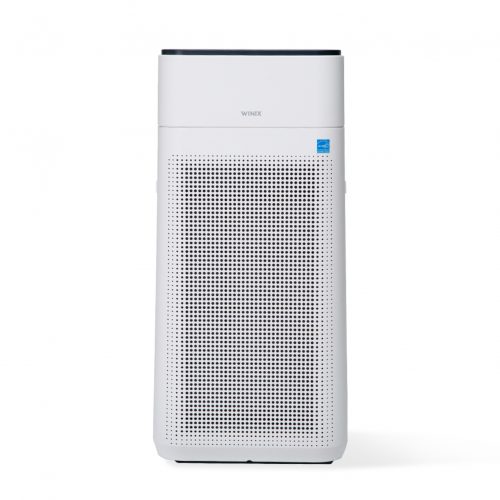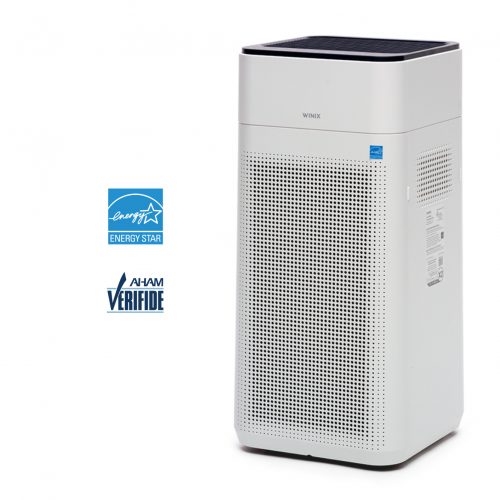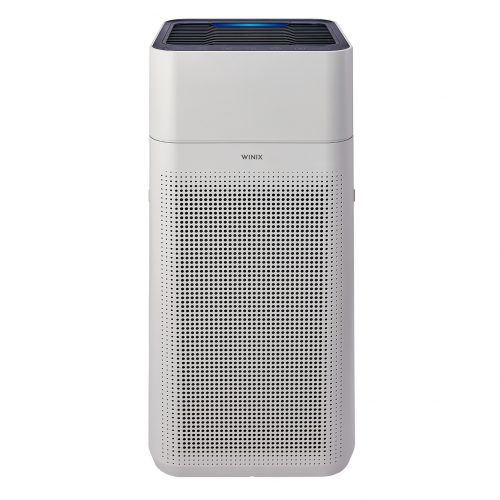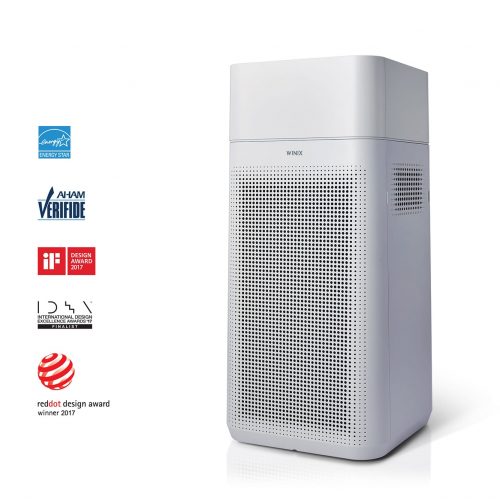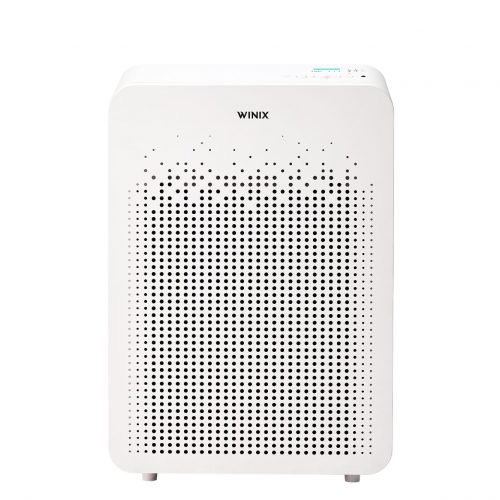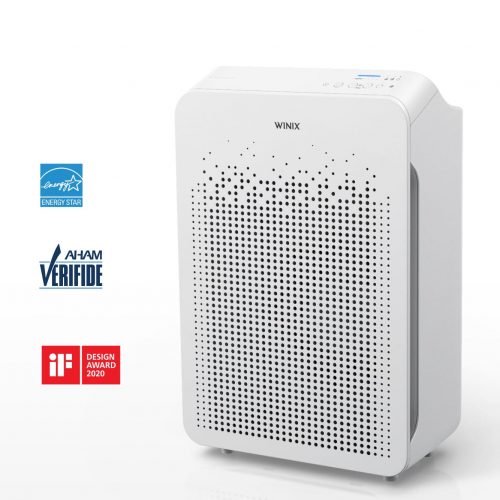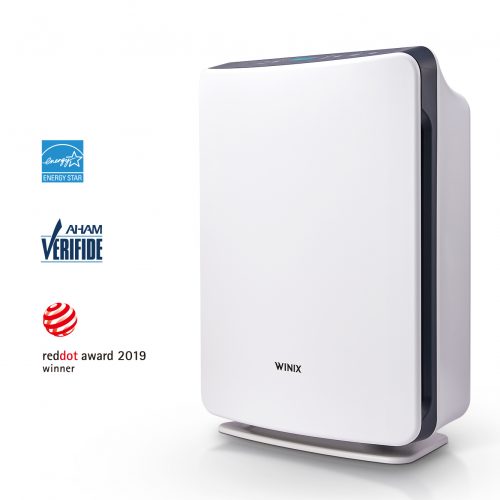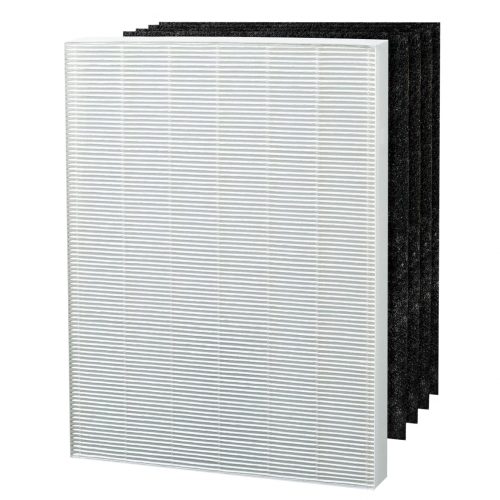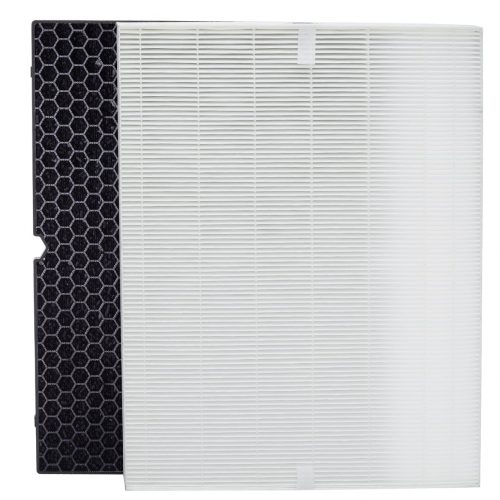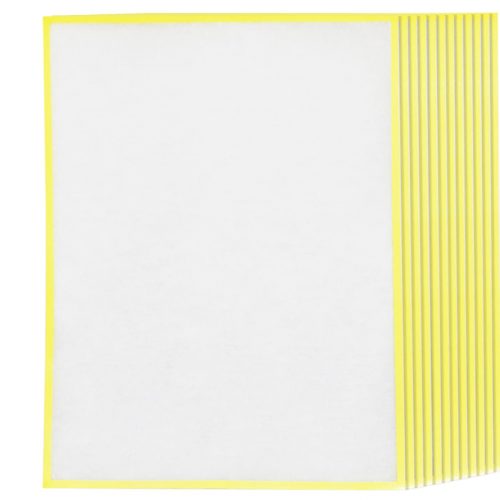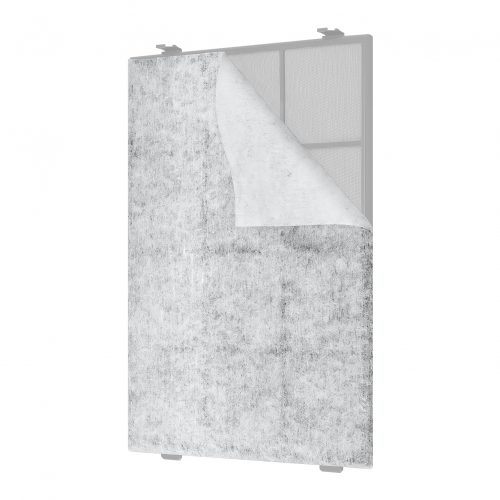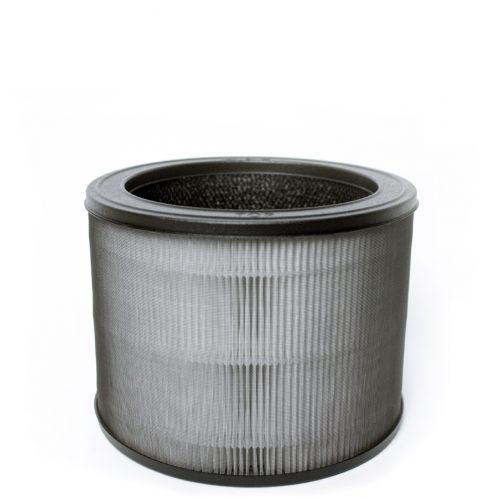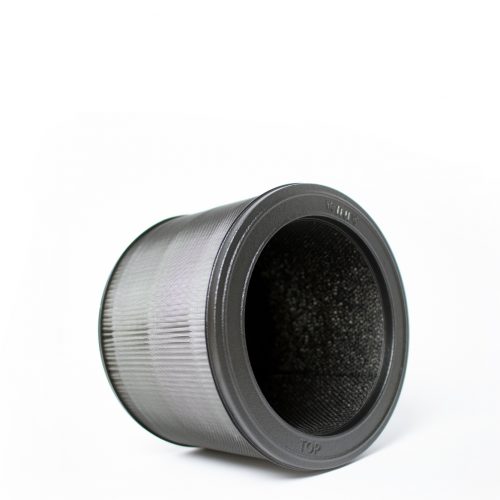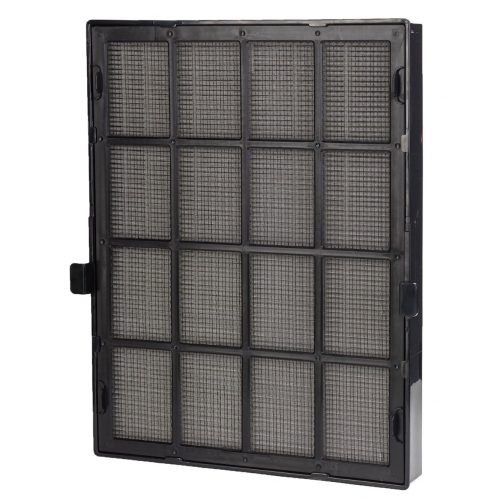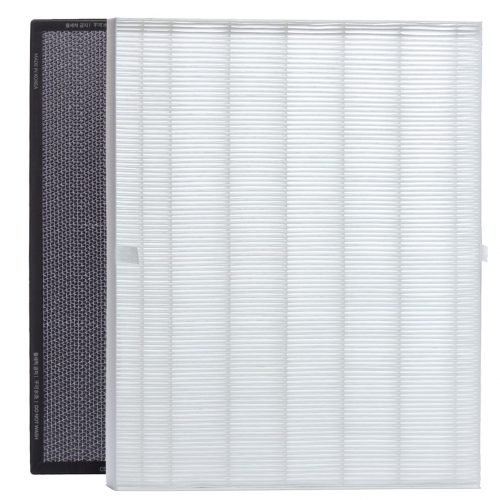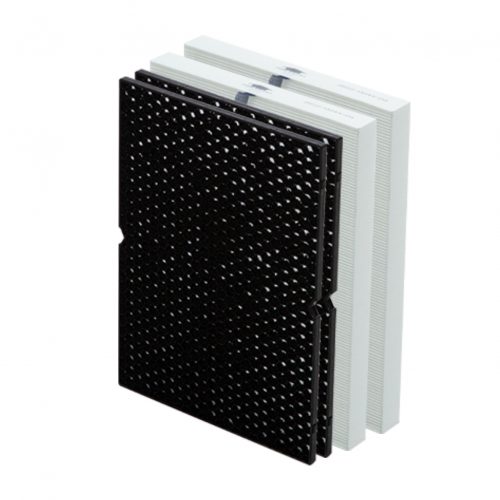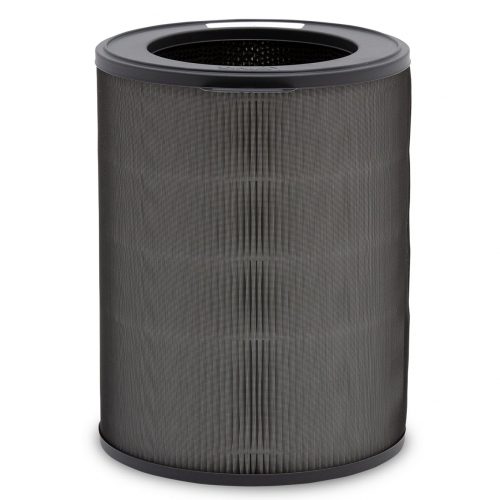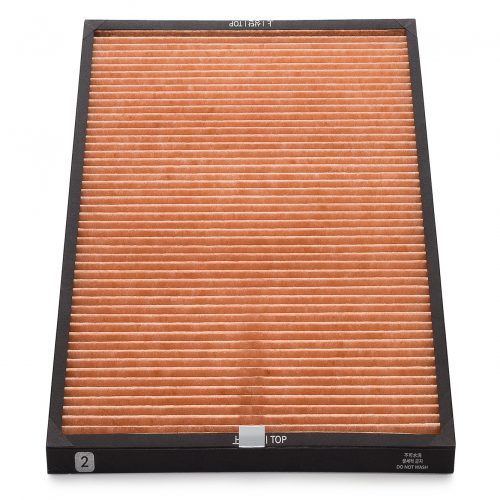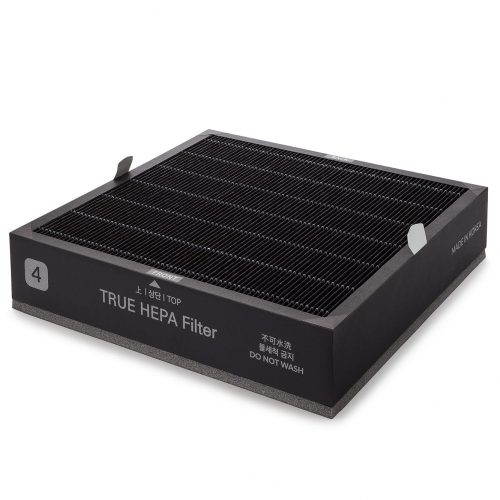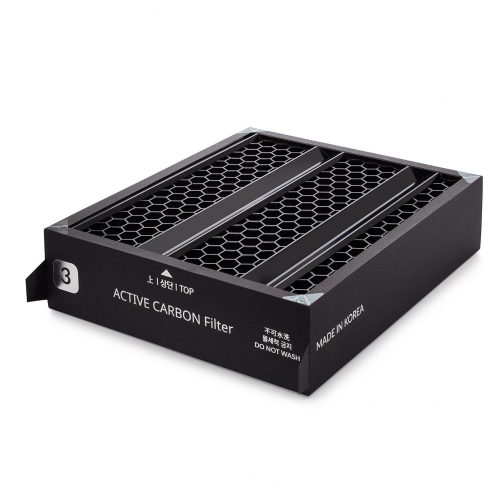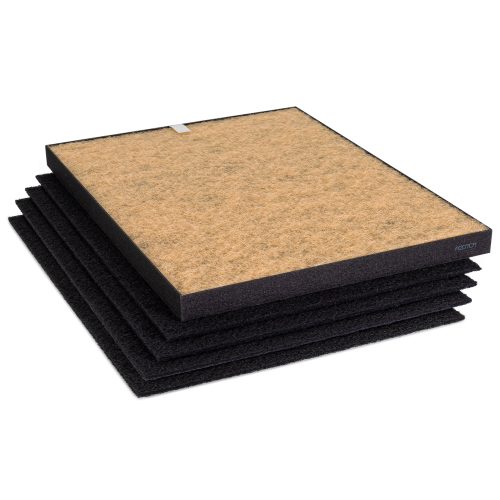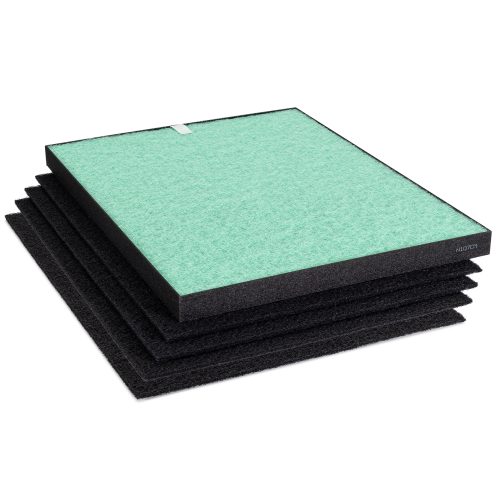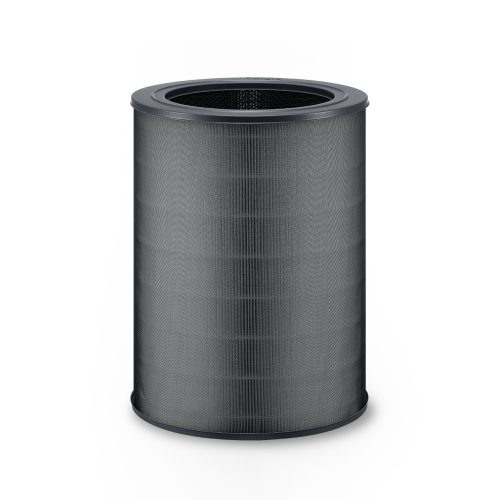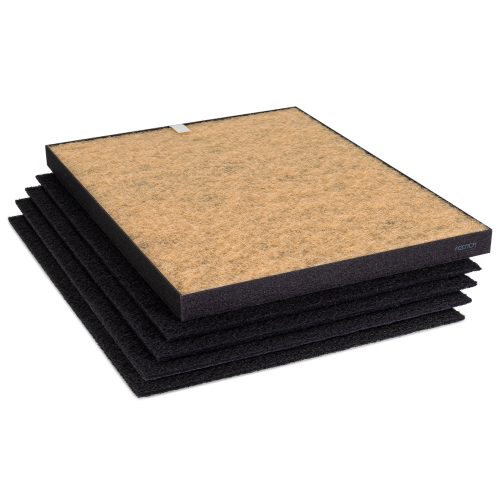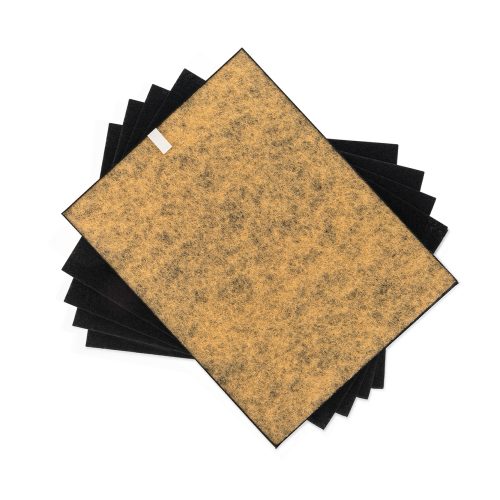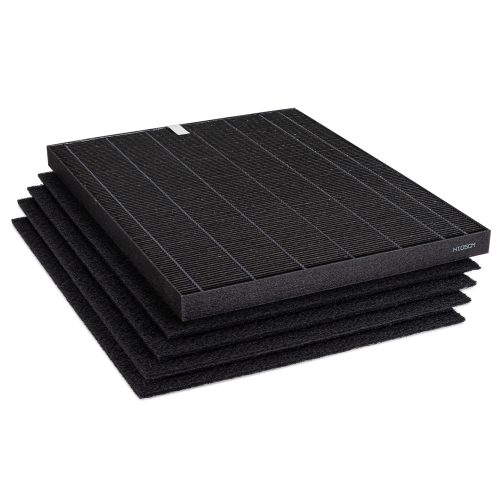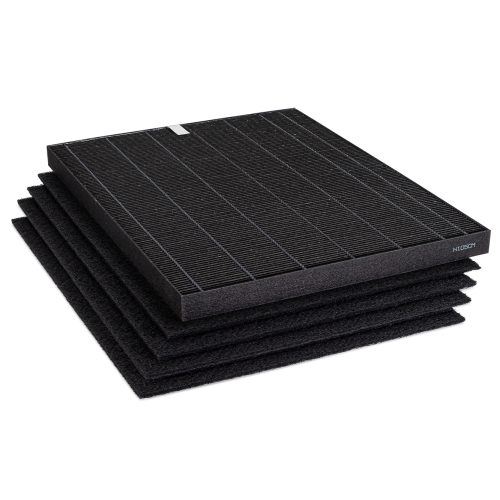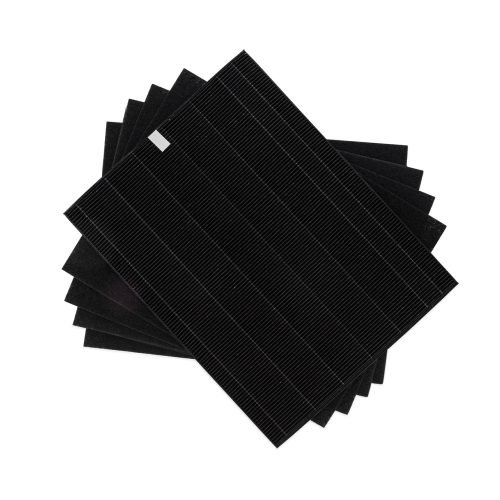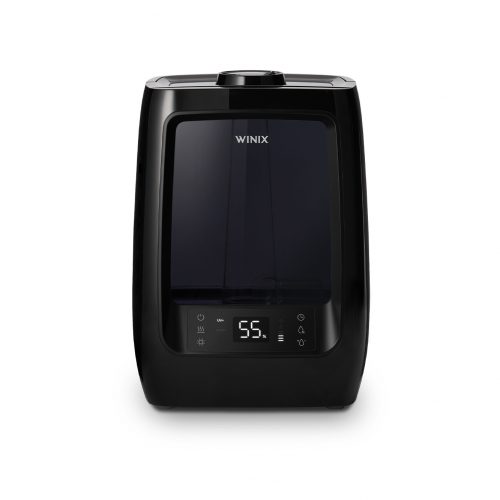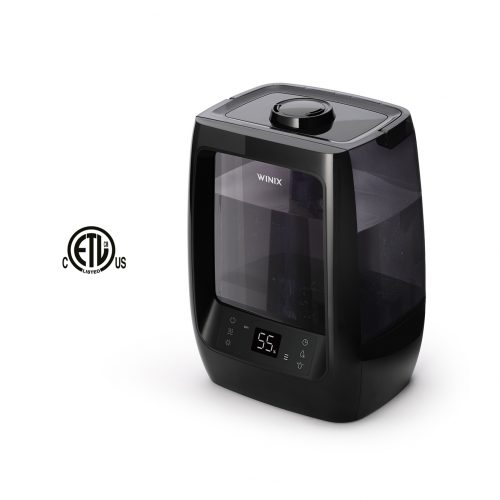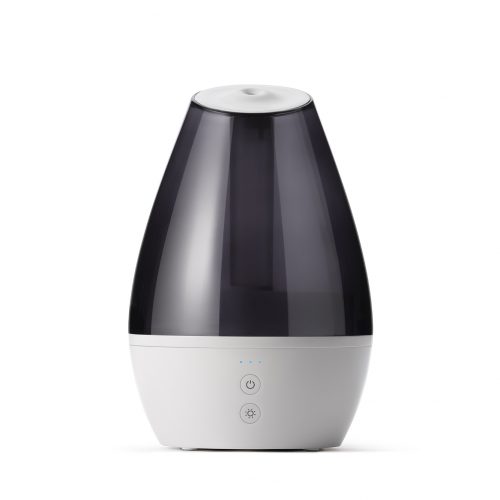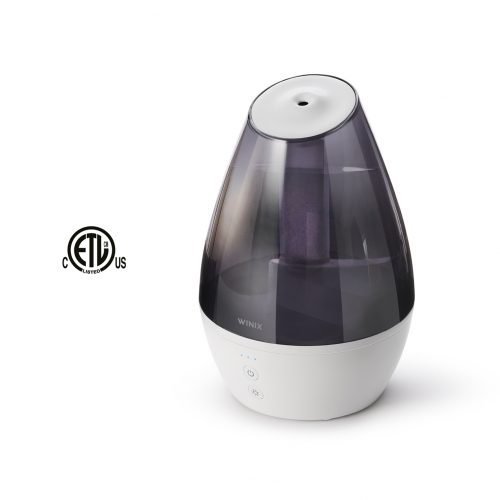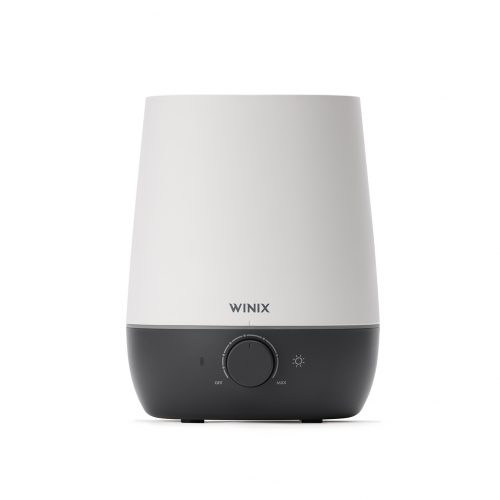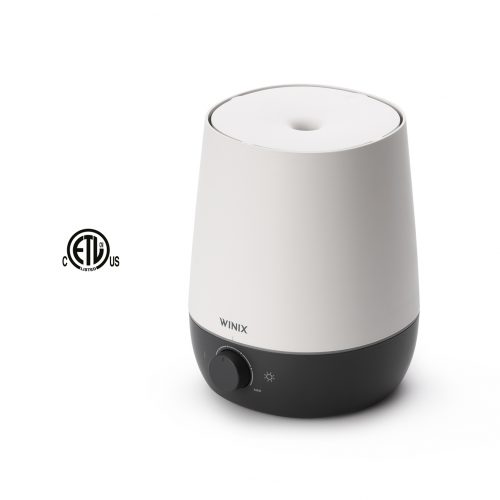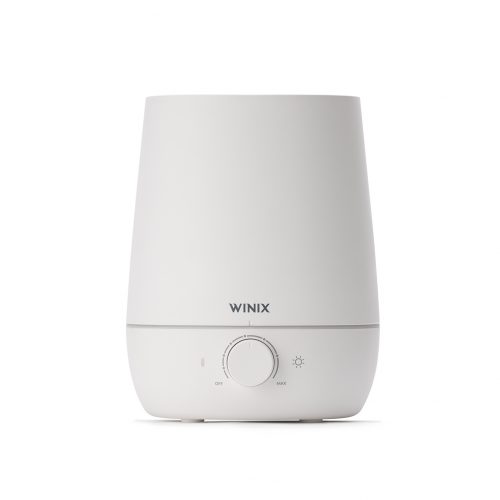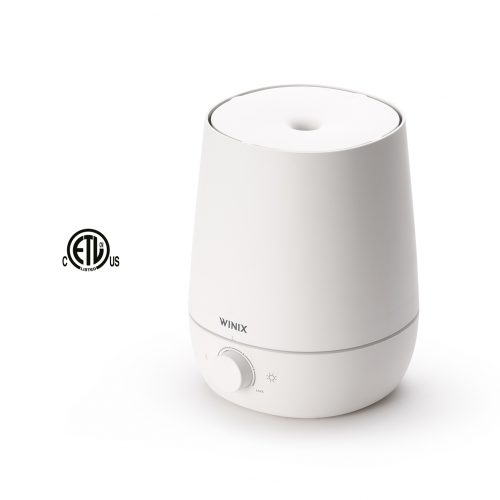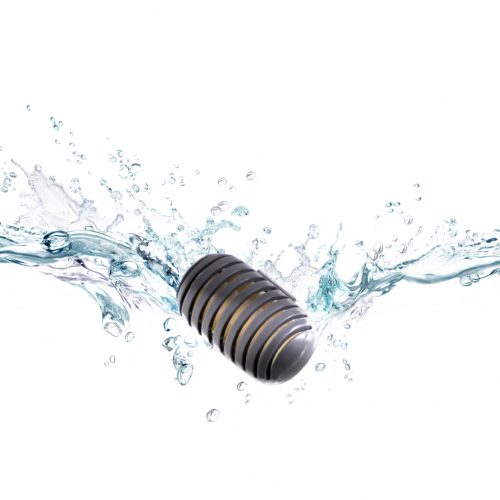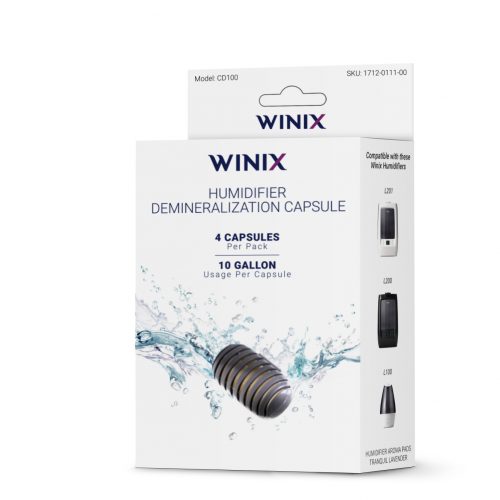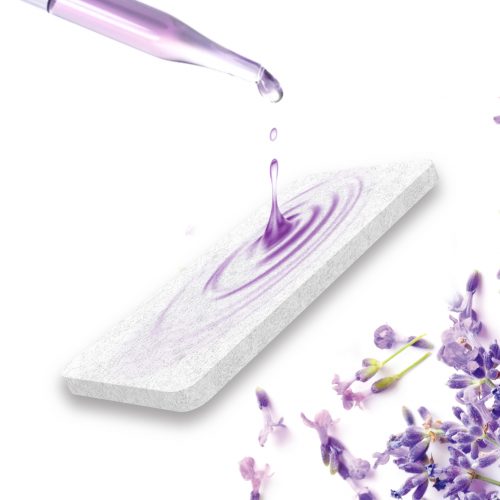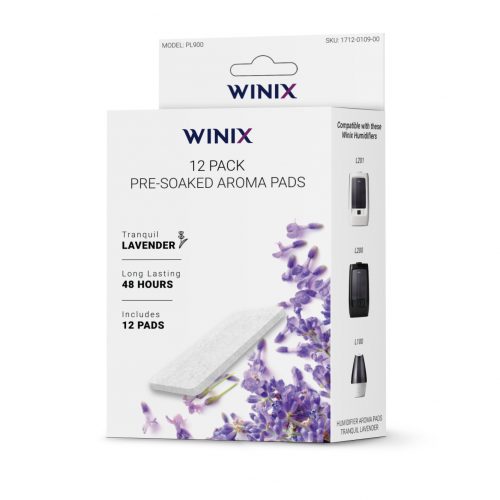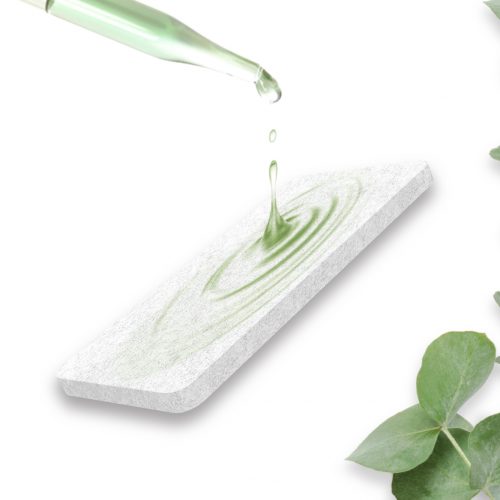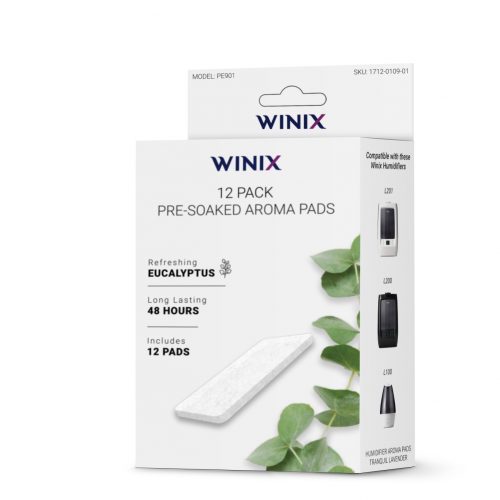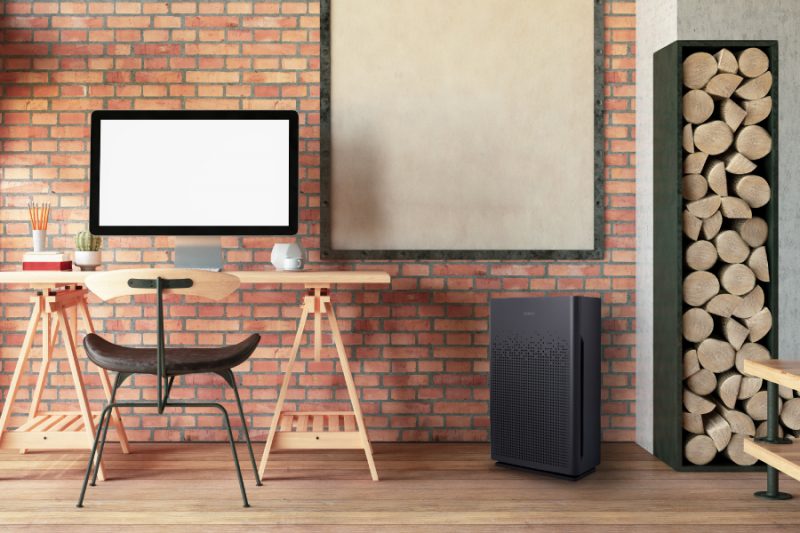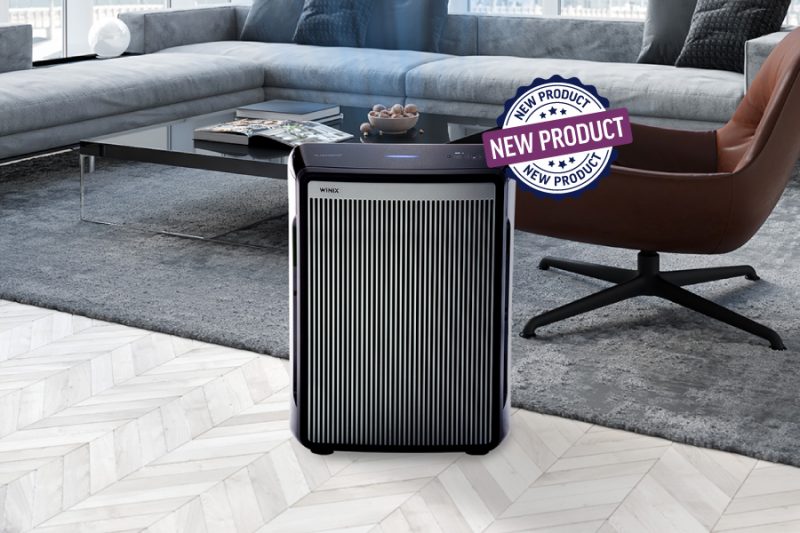Air Purifiers
Ultrafine Particles The Good, The Bad, and The Tiny
The air we breathe inside of our homes is full of particulate matter and pollutants. Particulate matter is separated into three main groups: coarse particles (PM 10), fine particles (PM 2.5), and ultrafine particles (PM 0.1). As you can see, the smallest of these pollutants are referred to as ultrafine particles and their less than 0.1 microns in size. For reference, that’s smaller than one-thousandth the width of a human hair and is invisible to the naked eye. Although you cannot see them, they are now widely being recognized as a health hindrance to those breathing them – which includes us all.
Ultrafine particles originate from both natural and man-made sources and are only generated under high temperatures. A few sources of these particles are fumes, smoke, fine sea salt from ocean spray, gas stoves and fireplaces, wood-burning fireplaces, candles, and emissions from factories. According to Aerosol and Air Quality Research (AAQR), up to 90 percent of our indoor matter is comprised of these potentially dangerous ultrafine particles.
It’s only in recent years that ultrafine particles have been realized as a hazard to your health. Due to their small size, these particles are able to make their way deep into our lungs. Their small size allows them to penetrate through the lungs barriers and make their way into our bloodstream. This results in inflammation and is especially dangerous to those with preexisting respiratory issues and have been linked to heart disease. While we can’t avoid ultrafine particles completely, we can reduce their presence and the negative effects they have on our health.
The Environmental Protection Agency (EPA) states that Americans, on average, spend approximately 90 percent of their time indoors. With the staggering percentage of our air being comprised of ultrafine particles, its essential to incorporate an air purifier into your environment. While HEPA filters are considered the highest performing filters on the market today, they are not capable of capturing ultrafine particles. HEPA filters are able to reduce airborne particles down to 0.3 microns in size, while ultrafine particles come in even smaller at 0.1 microns in size.
Fortunately, Winix offers a True HEPA filter that goes beyond what can be found on the market today. Every Winix air purifier boasts this industry leading True HEPA filter, which captures 99.99%* of airborne contaminants down to 0.003 microns in size. Impressively, this is smaller than the originating size of ultrafine particles…and ensures the healthiest air for both you and your family.
*Based on independent laboratory tests conducted on inanimate particles as small as 0.003 microns.




